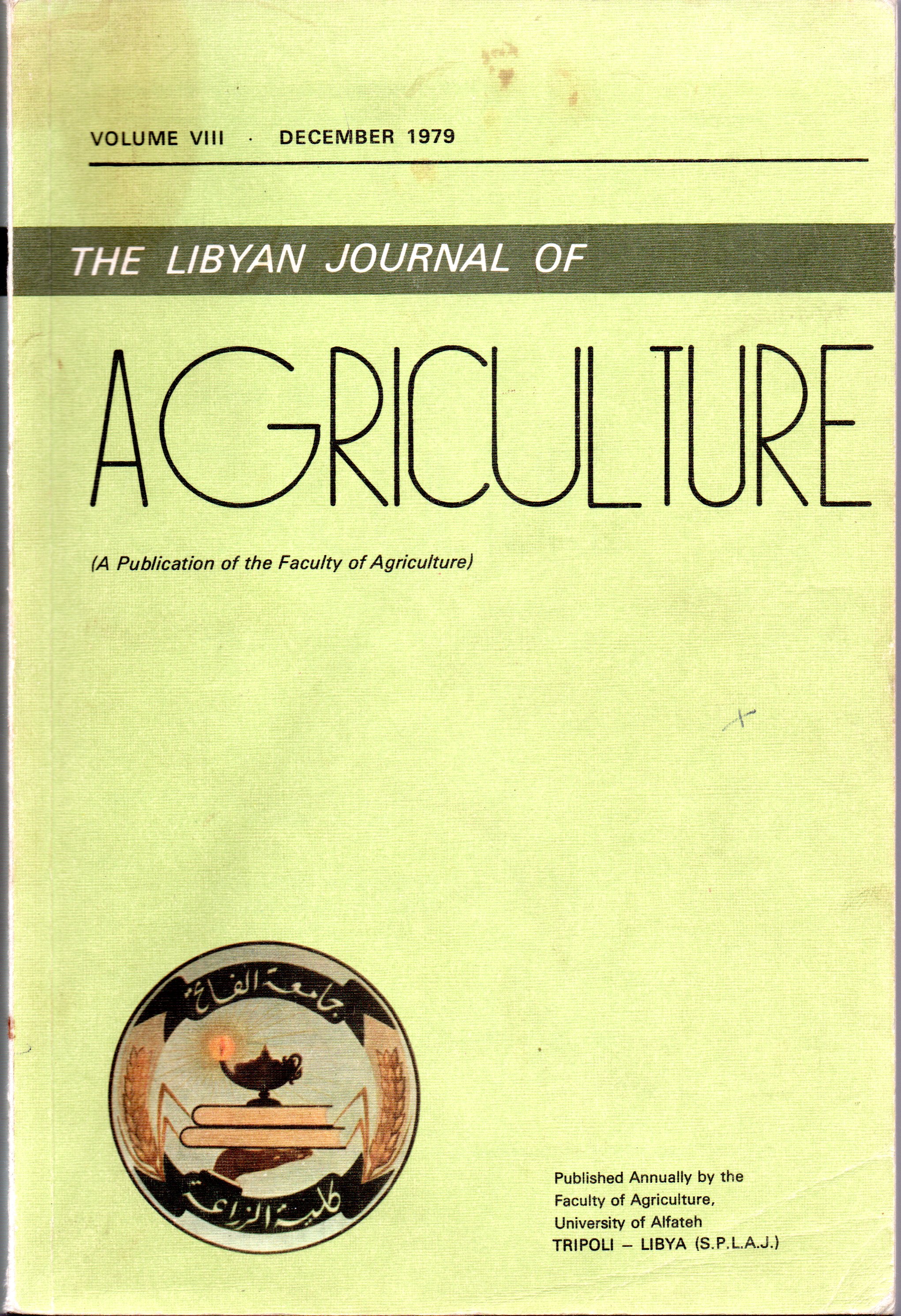Observations on the Parasitic Behaviour of Thesium humile Vahl. (Santalaceae) II. Thesium Fruit and its Uptake of Water
Main Article Content
Abstract
Thesium fruit (kernel) is small, about 2.0 x 3.5 mm which is surrounded by a pericarp of thin dissoluble outer layers and hard thick inner one. The dissolution of the outer layers, besides being a rich cultural medium for fungal growth, forms a thick mucila-genous mass which is responsible for the higher matric potential of Thesium kernels. Matric potential of Thesium kernels was estimated by interpolation of the osmotic potentials of the bathing solutions, and by calculation from the vapour pressure measurements using Raoult's law. The reliability of the first method, which gave a value of about — 1.000 bars, is discussed. Using vapour equilibration method, a value of —708 bars, which is about twice that of Hordeum grains, was recorded. The still high matric potential of Thesium kernels is considered as an adaptation to the parasitic behaviour of this species.
The change in weight of the slit and the intact kernels when alternately subjected to two different relative humidities indicates a slight impermeability of kernel coat. There is, however, no indication that the hilar fissure of Thesium kernels exerts a control on water entering it.

